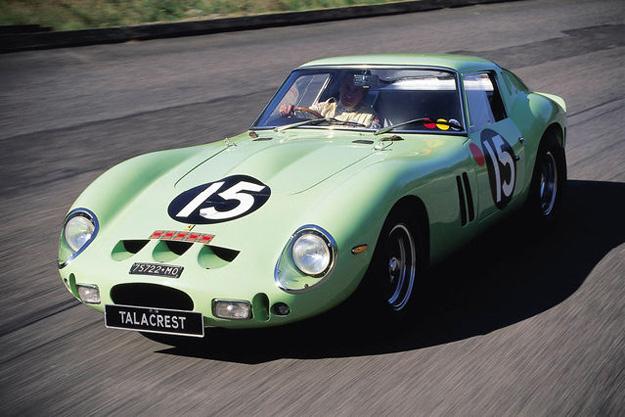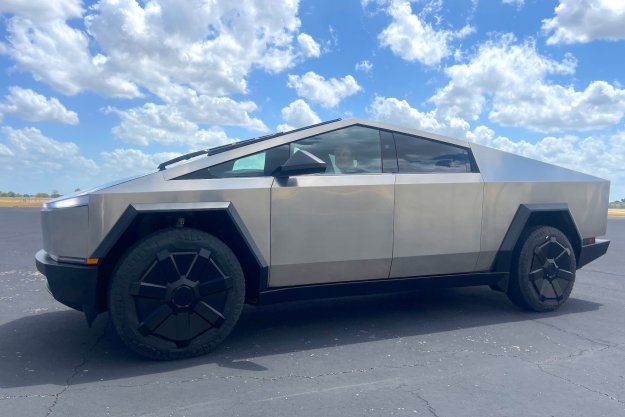
A 1962 Ferrari 250 GTO has recently become the world’s most expensive car after being sold for $35 million, Bloomberg reports. The record-breaking price trumps the previous princely sum of $32 million paid for a 1964 Ferrari 250 GTO back in February, and the $30-34 million paid in 2010 for a 1936 Bugatti Type 57SC Atlantic.
On top of setting the world’s record for most expensive car, the 1962 Ferrari 250 GTO also has the honorary distinction of being built specifically for British racing legend Stirling Moss. Despite the fact that Moss never actually raced the classic Ferrari (his career was tragically cut short after a crash in 1962 left him in a coma for a month), the car carries a respectable racing pedigree – having won a number of races in its day. The $35 million 1962 Ferrari 250 GTO features a distinct lime-green livery and is one of 39 examples built between 1962 and 1964.
Interestingly the car’s title has passed hands on more than one occasion with the latest owner, U.S.-based classic car collector Craig McCaw, purchasing it from Dutch-born businessman Eric Heerema, owner of Nyetimber vineyard in Sussex, southern England. Heerema, who purchased the green GTO nearly a decade ago for $8.5 million, will no doubt be pleased with the return on his investment.
And although spending a small fortune on a single car is likely out of reach for the vast majority of us, we can’t see McCaw hurting over his $35 million purchase either. McCaw was the co-founder McCaw Cellular, which he later sold to AT&T for cool $11.5 billion back in 1993.
In what could be credited as a clear testament to Maranello’s excellence in engineering, Stirling Moss’ 1962 250 GTO is but one of many big-ticket Ferrari’s sales to go through private transactions during the last two months. A Ferrari 250 Testa Rossa in which U.S. driver Phil Hill won the 1958 Le Mans 24-Hour race was recently sold by French collector Pierre Bardinon for about $25 million, while a Ferrari 250 GTO bought by U.K. television host Chris Evans for a handsome $18 million in 2010 was recently said to have sold somewhere in the region of $25-29 million.


